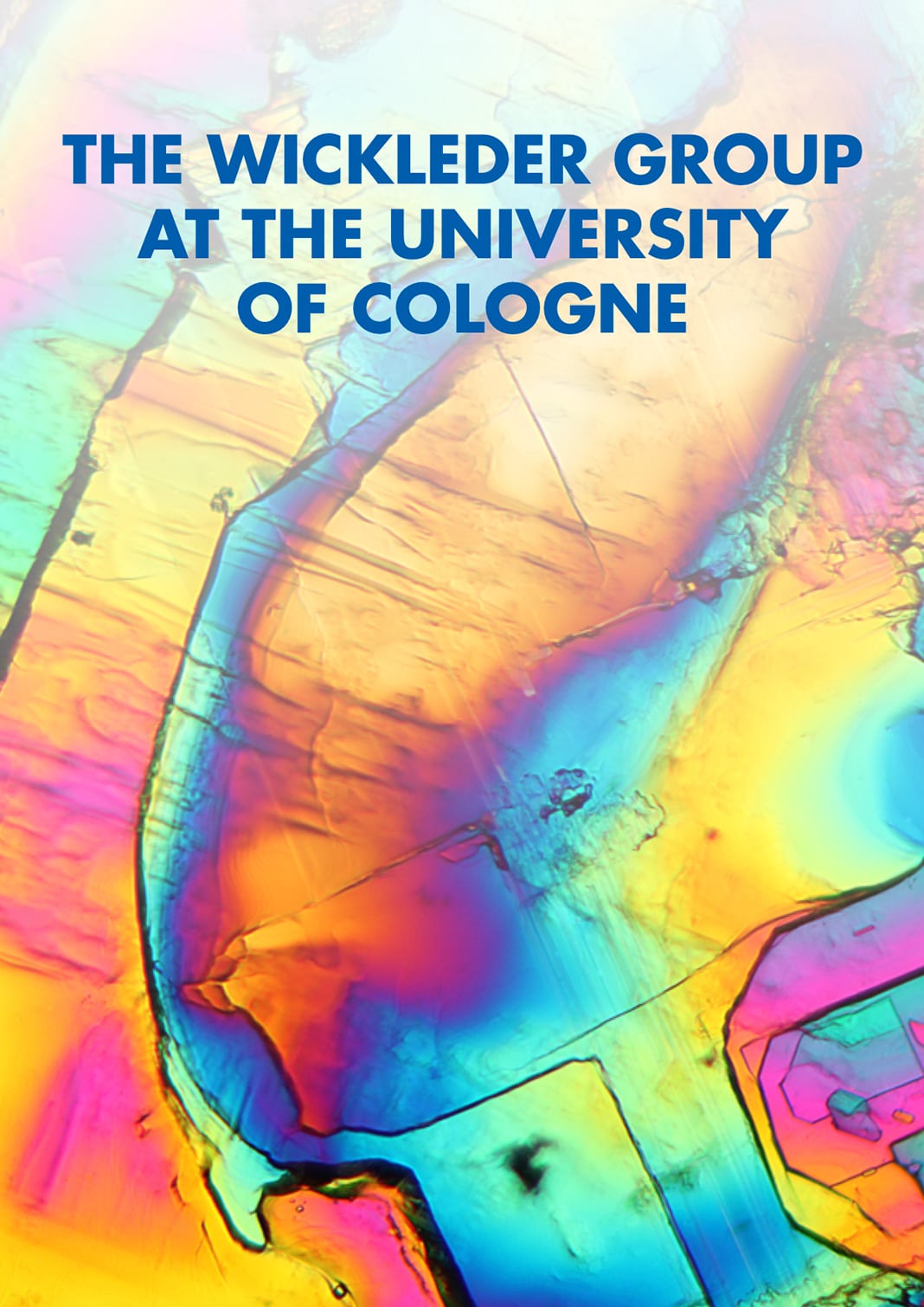The Institute of Inorganic Chemistry at the University of Cologne, Germany, combines the disciplines of molecular chemistry, co-ordination chemistry and solid state chemistry with aspects of material sciences.
The strength of the institute is that requirements for material development can be investigated extensively using a plethora of different methods. Additionally, a strong relation to the research groups of solid state physics and crystallography provide further options to investigate properties of chemical compounds via various methods.
What does inorganic chemistry focus on?
In the Institute of Inorganic Chemistry, the group of Professor Mathias Wickleder is working in a field that combines solid state and co‐ordination chemistry. Essentially, the group concentrates on the preparation of complexes and solids containing oxoanions. Depending on the metals involved, these compounds may have properties that make them useful for applications such as precursors for ultrathin oxide films and for luminescent and magnetic materials.
An important part of the work is devoted to the synthesis and characterisation of new substances. The properties of the compounds obtained are determined both by the nature of the oxoanions chosen and by the nature of the elements used, so that different functionalities can be addressed in accordance with this combination. Currently, five main focuses can be identified:
- Precursors for ultrathin oxide films;
- Structuring of precious metals;
- Sulfonate-based metal–organic frameworks (MOFs) and co-ordinate polymers;
- Magnetic properties due to unusual co-ordination and oxidation states; and
- Non-metal compounds with oxo anions.
What is the main focus of this booklet?
Throughout this booklet, the research group of Professor Wickleder emphasises the development of preparative pathways as the crucial step for gaining novel materials and new functions. The discussion throughout focuses on several chemical compounds which could have properties that make them useful for the aforementioned applications. Examples of the compounds discussed include:
- Oxoanions;
- Architectures with sulfate ions;
- Sulfate derivatives; and
- Nitrate and perchlorate based precursors.


